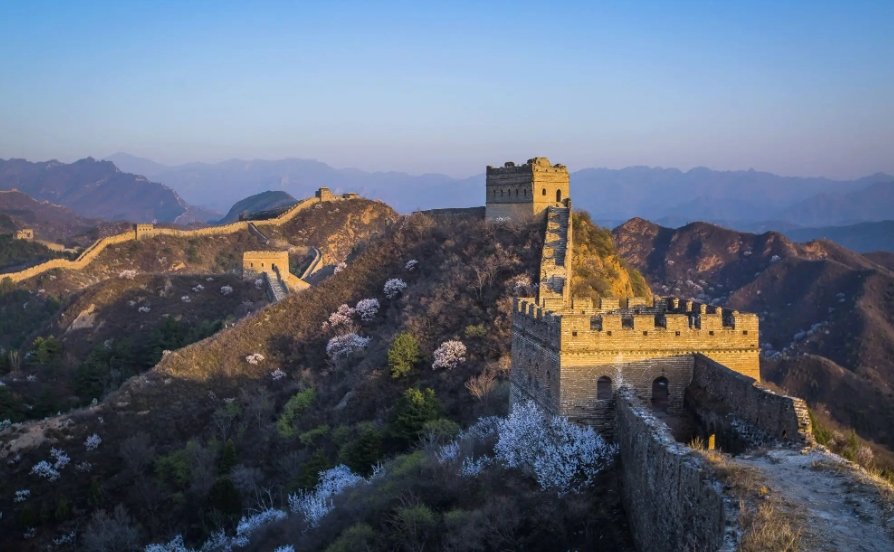
The Crumbling Giant: How Much of the Great Wall of China Has Disappeared?
The Great Wall of China, a UNESCO World Heritage site and one of the most iconic structures in human history, evokes a sense of awe and wonder. Stretching across mountains, deserts, and grasslands, it stands as a testament to the ambition and ingenuity of ancient China. However, this magnificent dragon of stone and brick faces a sobering reality: time, nature, and human activity are taking their toll, leaving portions of the wall vulnerable and vanishing.
A Tapestry of Stone and Time:
It's important to remember that the Great Wall isn't one continuous structure. Instead, it's a network of fortifications built over centuries, primarily during the Ming Dynasty (1368-1644), incorporating and connecting earlier walls erected by different dynasties. This vast expanse, once estimated to stretch over 13,000 miles, faces different levels of preservation challenges depending on its age and location.
Vanishing Walls, Shifting Sands:
A disheartening reality is that approximately 30% of the Great Wall has vanished, with some estimates placing the figure even higher. This disappearance is attributed to a multitude of factors:
- Erosion: The relentless forces of nature, from wind and rain to freezing and thawing, have gradually worn down the wall's structure, particularly sections built with less durable materials like rammed earth.
- Vegetation: The relentless growth of vegetation, particularly in less-visited areas, can crack bricks, displace stones, and undermine foundations.
- Human Activity: Sadly, human actions have played a significant role in the wall's decline. Brick and stone theft for building materials, vandalism, unregulated tourism, and even nearby mining operations have all contributed to the destruction.
A Glimmer of Hope:
While the statistics paint a bleak picture, there is a glimmer of hope. Of the remaining Great Wall sections, approximately 8% are considered to be in good condition, primarily those popular tourist destinations that benefit from restoration efforts and ongoing maintenance.
Preservation Efforts:
Recognizing the irreplaceable value of this historical treasure, the Chinese government and various organizations have undertaken conservation efforts, including:
- Restoration Projects: Damaged sections are being painstakingly restored using traditional techniques and materials.
- Site Management: Measures to control tourism flow, prevent vandalism, and educate visitors on the importance of preservation are being implemented.
- Community Involvement: Local communities are being engaged in preservation efforts, fostering a sense of ownership and responsibility for protecting the wall's legacy.
The Future of the Wall:
The Great Wall of China's future remains uncertain. Balancing preservation with accessibility is an ongoing challenge. Continued conservation efforts, responsible tourism practices, and increased public awareness are crucial to ensuring that this majestic monument endures for generations to come.
Q&A:
1. What is being done to protect the Great Wall from further damage?
Efforts are underway to restore damaged sections, control tourism, prevent vandalism, and engage local communities in preservation activities.
2. Why are some parts of the Great Wall disappearing faster than others?
Factors like the materials used in construction, exposure to harsh weather conditions, and the level of human activity in the vicinity all contribute to the varying rates of deterioration.
3. Is it possible to visit the unrestored sections of the Great Wall?
While some unrestored sections are accessible, it's important to exercise caution and respect the historical integrity of the site. Visiting these areas should be done responsibly and with a guide who is knowledgeable about the risks involved.
note: This return of all, without the author's permission, may not be reproduced